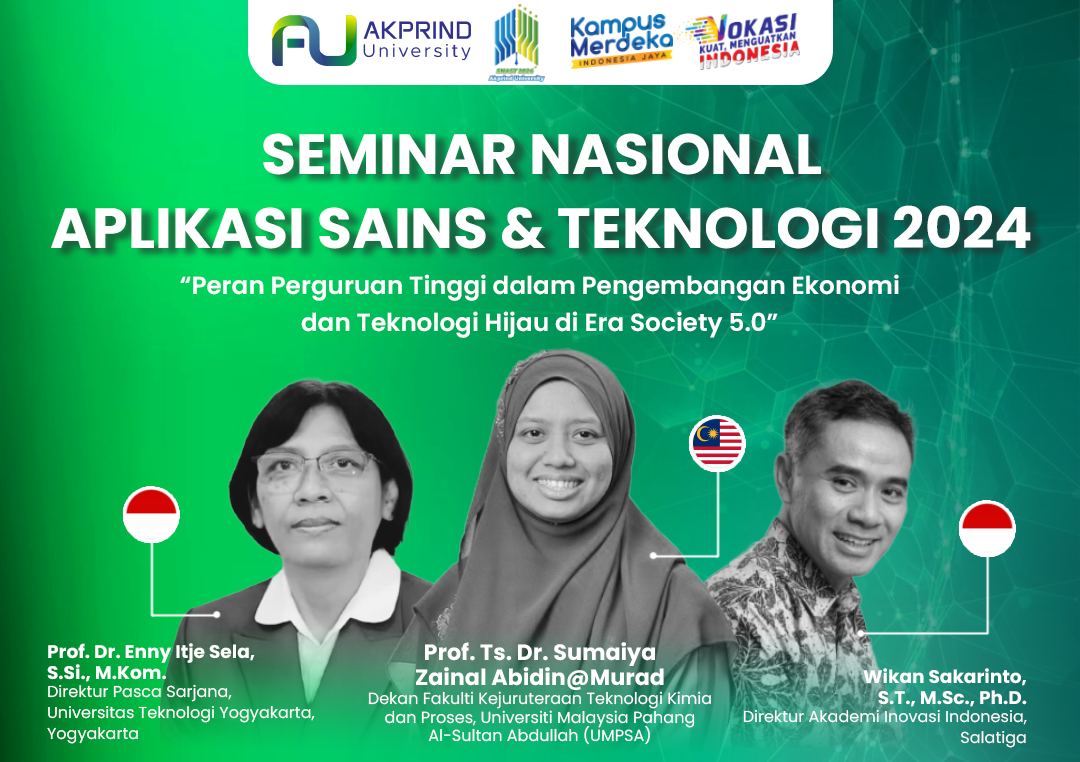STUDI RANCANG BANGUN ALAT PENGUKUR BOILING WATER SHRINKAGE PADA BENANG TEKSTIL
DOI:
https://doi.org/10.34151/prosidingsnast.v1i1.4964Keywords:
Boiling water shrinkage, measuring device, yarn dimensional stabilityAbstract
Boiling water shrinkage measurement is a critical method in the textile industry for evaluating the dimensional stability of yarn, particularly during finishing processes which involve hot water. This study aims to design and develop a yarn shrinkage measurement device using the boiling water shrinkage method, referring to ISO 18066:2015 standard. The prototype is designed to be compact and energy-efficient, utilizing easily accessible smaller materials and components using a microcontroller for manual temperature control. The device was tested on 100% acrylic yarn, with results showing accuracy comparable to industrial-grade testing instruments used by PT Hanil Indonesia. A t-test analysis revealed no significant difference between the developed device and industrial testing tools, indicating that the prototype can provide reliable and accurate measurement results. This research offers a practical, cost-effective solution for yarn quality control in both the textile industry and educational institutions, enhancing testing capabilities for textile materials.
References
Ghanmi, H., Ghith, A., & Benameur, T. (2023). Ring spun yarn quality prediction using hybrid neural networks. The Journal of The Textile Institute, 114(1), 66–74. https://doi.org/10.1080/00405000.2021.2022826
Islam, Md. I., & Uddin, A. J. (2022). Enhancing the quality of elastane-cotton core yarn by compact spinning. Heliyon, 8(6). https://doi.org/10.1016/j.heliyon.2022.e09562
Ketema, M. Y., & Ayele, M. (2023). Effect of Cotton/Polyester Blend Ratio, Loom Speed, and Air Pressure on Yarn Twist Loss and Yarn Strength Loss: The Case of Air-Jet Loom. Journal of Natural Fibers, 20(1), 2162188. https://doi.org/10.1080/15440478.2022.2162188
Khan, S. U., Hassan, T., Wasim, M., Khan, M. Q., Salam, A., Hassan, S. Z. U., Abbasi, A. M. R., & Mustafa, T. (2023). Valorization of recycled PET for yarn manufacturing and knitwear fabrics used for apparel applications. Polymer Bulletin, 80(3), 2779–2799. https://doi.org/10.1007/s00289-022-04172-8
Lin, J.-J. (2007). Prediction of Yarn Shrinkage using Neural Nets. Textile Research Journal, 77(5), 336–342. https://doi.org/10.1177/0040517507078787
Mehran, M., Tavanaie, M. A., & Fattahi, S. (2020). Study on Physical Properties of Poly(ethylene terephthalate) Bi-shrinkage Yarns. Journal of Textiles and Polymers, 8(2), 1–14. http://www.itast.ir/article_111237.html
Onal, L., & Candan, C. (2003). Contribution of Fabric Characteristics and Laundering to Shrinkage of Weft Knitted Fabrics. Textile Research Journal, 73(3), 187–191. https://doi.org/10.1177/004051750307300301
Özdemir, Ö., & Çeven, E. K. (2005). Effect of Chenille Yarn Parameters on Yarn Shrinkage Behavior. Textile Research Journal, 75(3), 219–222. https://doi.org/10.1177/004051750507500306
Perera, H. A. A. E., & Lanarolle, W. D. G. (2020). Comparative study on the thermal shrinkage behaviour of polyester yarn and its plain knitted fabrics. The Journal of The Textile Institute, 111(12), 1755–1765. https://doi.org/10.1080/00405000.2020.1729650
Wang, Y., Song, J., Fan, T., Zhang, B., Jiang, H., & Wang, C. (2022). Study of Yarn Quality Prediction Model based on Fuzzy Comprehensive Evaluation. Journal of The Institution of Engineers (India): Series E, 103(2), 305–313. https://doi.org/10.1007/s40034-022-00238-4
Downloads
Published
Issue
Section
License
Copyright (c) 2024 Fahmi Fawzy Rusman

This work is licensed under a Creative Commons Attribution-ShareAlike 4.0 International License.







